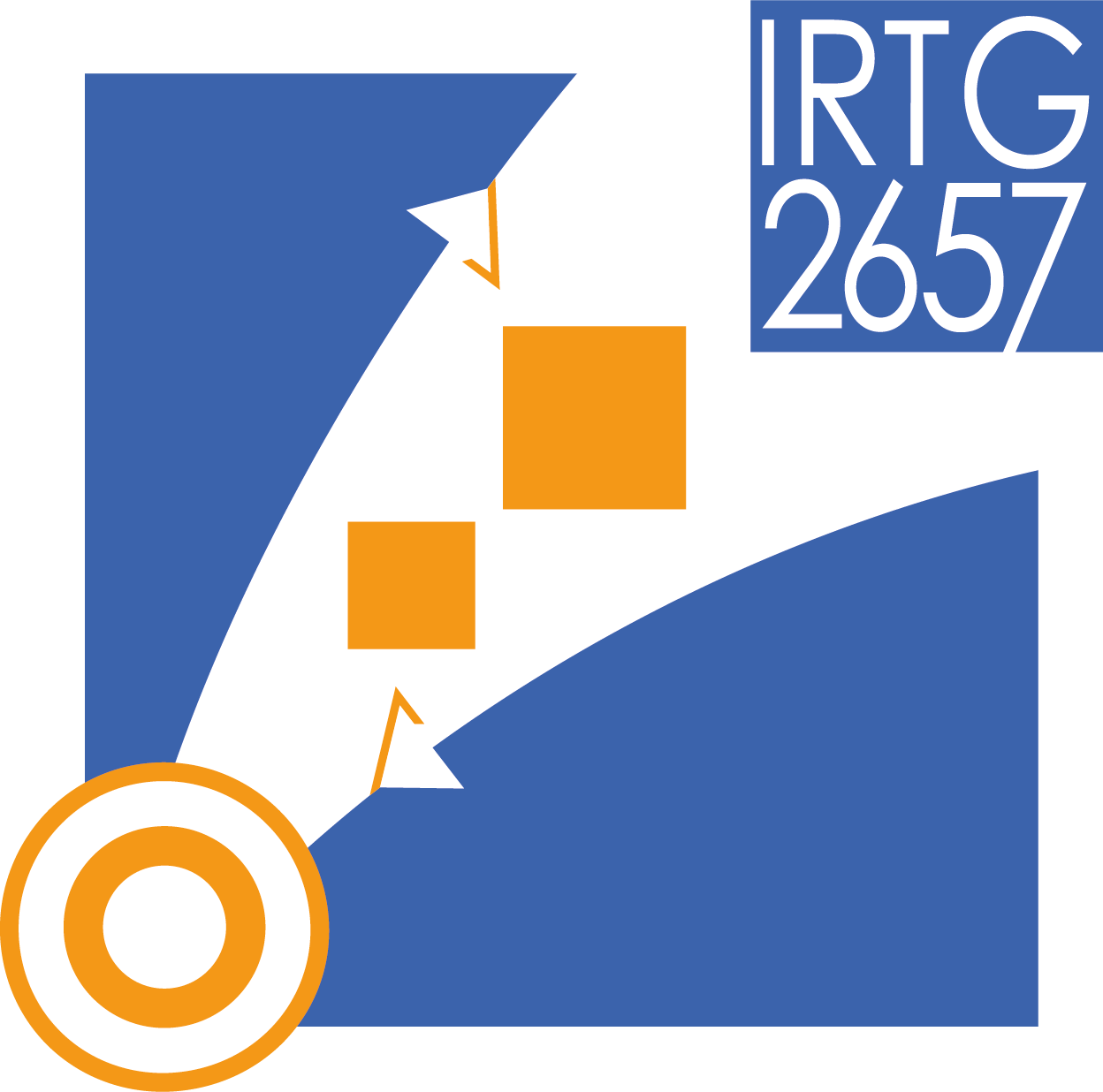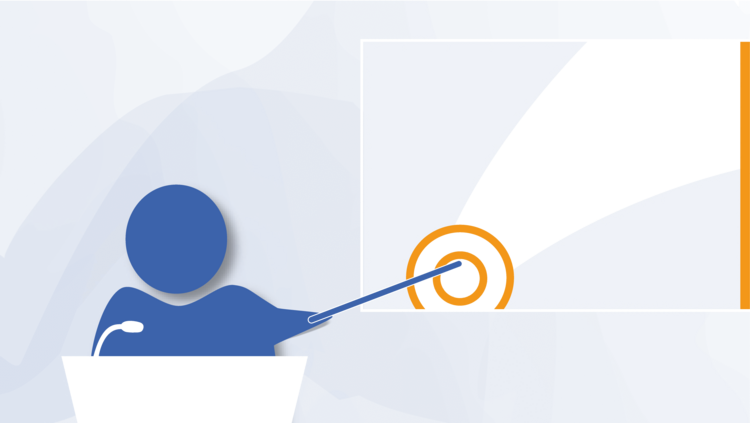Three-dimensional random networks form the microstructure of many natural and artificial
materials. All of them have elastic modulus that is three to four orders of magnitude lower
than crystalline or amorous solids. Moreover, some of the materials with random network
microstructures can undergo remarkably large deformations, reversible or irreversible.
In this talk, we consider a new model for irreversible large deformations of fiber networks. The fibers
are considered as inextensible cables that slide relative to each other in the frictional
junctions. This sliding is constituted by a rate-independent flow rule. The nonsmooth
dissipation potential for each sliding system is defined as a product of the yield strength and
the absolute value of the fiber sliding. The response of the cable segments itself is nonsmooth
as well, since it shows asymmetry with respect to tension and compression. A principle of
minimum potential energy and a pure complementary energy principle are derived for the
equilibrium incremental loading of the network at large deformations. They form a pair of
primal and dual second-order cone programming problems with matching sets of
displacement-based and force-based variables. These problems can be effectively solved by
interior point methods that have many advantages compared to the gradient-based methods
or dynamic relaxation. The model is extended by a simple mechanism of fiber pull-out
resulting from fiber sliding at the free unconstrained ends. This can be used for the
microstructural analysis of failure of needlepuched nonwoven materials.
About the presenter
Dr.-Ing. habil. Anton Tkachuk is senior lecturer in dynamics and finite element analysis at
Karlstad University, Sweden since 2020. The focus of his doctorate (2013) and habilitation
(2022) theses from University of Stuttgart lays in efficient methods for explicit dynamics, finite
element technology and contact/impact mechanics. Current research interest include form
finding, optimization, applied finite element analysis and paper mechanics.









